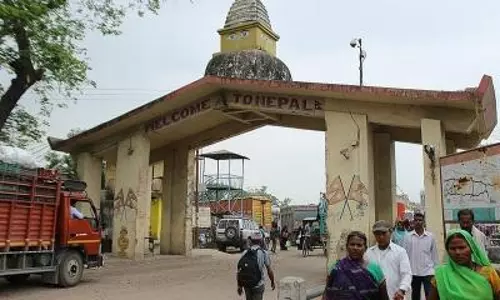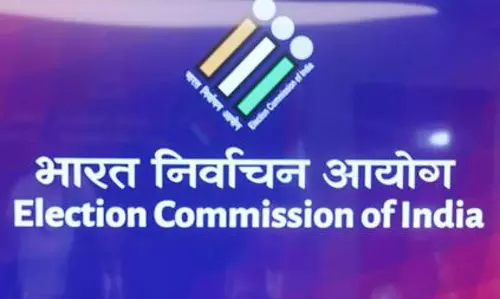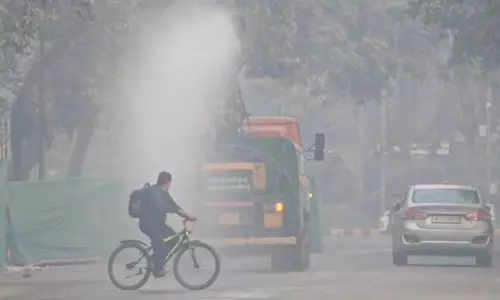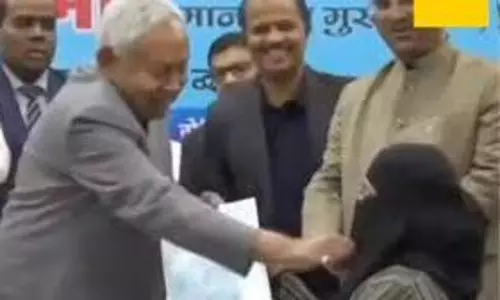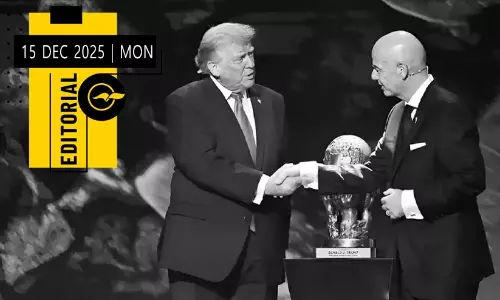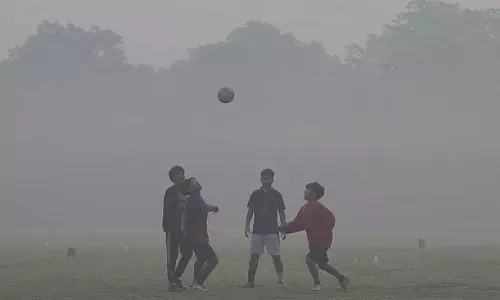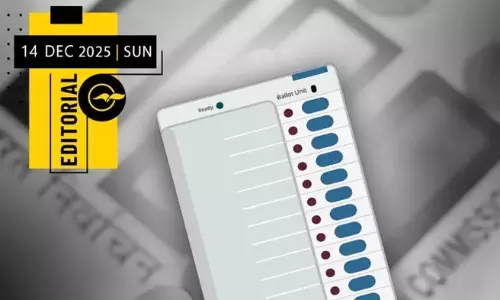
Readapting to India: Hard landing in a soft power
text_fieldsNew Delhi: After a 21-year stint in the Gulf, which coincided with one of the region's longest oil and gas booms, I have returned to India. Call it what you may -- destiny or foolishness -- I am back.
Whether for good (or ill), only time will tell. What I know for certain is that India has moved on since the summer of 1997 when I took a flight out.
As a frequent visitor to Delhi and Calcutta (now Kolkata) during my sojourns in Dubai and Doha -- two shimmering, cosmopolitan edifices of hydrocarbon wealth -- I was under no illusions about the challenges of relocating to India some day.
But now that I am here, I suppose it behooves me to do my bit to make this historically open land, now striding confidently towards the future, just a little more appealing to visitors as well to its own citizens.
So where does a returning Indian start?
The immigration arrivals section of New Delhi's Indira Gandhi International Airport may not be every Indian's idea of an area in need of improvement. Still, the early-morning sight of a cramped hall overflowing with tired, jet-lagged passengers standing in interminable queues for their turn to enter India's capital surely turns off even the most diehard Indophiles.
At a time when the rise of airport cities like Dubai, Singapore and Hong Kong has given birth to the term aerotropolis -- an urban form placing airports in the centre with cities growing around them -- a project to expand India's biggest airports further to create thousands of extra jobs and attract millions more passengers could be a clear win for the economy.
Right now, wins are few and far between. India's public finances, feeling the heat of high oil prices, are showing signs of renewed stress, the result of successive governments' failure to replace the trade-deficit-as-usual approach with a dynamic, export-oriented vision.
The steady fall of the Indian rupee has once again laid bare the perils for oil-importing countries of not heeding the famous Errol Flynn saying: "My problem lies in reconciling my gross habits with my net income."
Talking about gross habits, as someone who struggled for nearly three years to get a driving licence in the UAE, after having driven without a single incident on Delhi's roads for two years, I am girding myself for the stark fact that driving in Indian cities today is not for the faint-hearted.
From the perspective of a motorist who has clocked up tens of thousands of miles on the streets of Gulf countries, the shocking road-crash statistics (more than 200,000 fatalities every year) and the surging environmental costs of traffic jams in India together make a compelling case for the creation of a rigorous world-class driving-test system.
Bringing order to the chaos on India's congested streets is undoubtedly a very tall order, but if the traffic flows could be streamlined through some legerdemain of bureaucracy, the tourism ministry's Incredible India slogan would probably assume an altogether new meaning.
India has something that no other country can boast of: The soft power that flows from being the world's largest democracy with a bewildering diversity of faiths, customs, languages, cuisine and belief systems, not to mention Bollywood and yoga.
Yet, nothing can be more harmful to the coountry's reputation as a stable, multi-religious emerging power than to take that soft power for granted.
To understand the risks, one need look no farther than the amount of international media attention drawn in recent years by the purported insecurity and unease among the country's 172 million Muslims.
The relevance of Gandhi's message of peace and non-violence in present-day India has been called into question once again by the killing this month of a Muslim cattle trader in Uttar Pradesh by a Hindu mob of suspected cow-protection vigilantes.
Yet more concerns lurk just beneath the surface, their causes hiding in plain sight. Chief among them: The high levels of pollutants in the air of major Indian cities and traces of microplastic contamination in drinking water that have set off alarm bells worldwide.
To the extent possible, many a well-to-do family in the wider national capital region has retreated into an air-conditioned bubble of air purifiers, water filters and chauffeur-driven 4x4 vehicles. But who will take care of the health of the "teeming millions" who struggle to just put food on the table?
The strong-arm tactics being used by Chinese authorities to clear up Beijing's winter smog and unhealthy air offer the dim outline of a "battle plan" that the Indian government could consider adopting, were it to recognise publicly the gravity of the situation.
Whether the Chinese tactics will achieve the same success in the clamorous environment of a democracy is another matter altogether.
Clearly, readapting to India, despite the lower cost of living and wide choice of modern conveniences, will not be easy after a gap of 21 years. And making a country of a billion-plus people even a tiny bit more appealing is no small challenge.
But for a man now truly believing in "Ghar Wapsi" -- not the saffron variety -- hope should triumph over the enervating experience of a bygone era.
(Arnab Sengupta is likely to become a Gurgaon-based freelance journalist. He can be reached at arnabnsg@yahoo.com)




